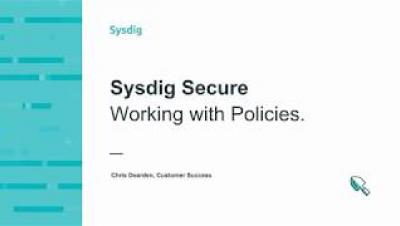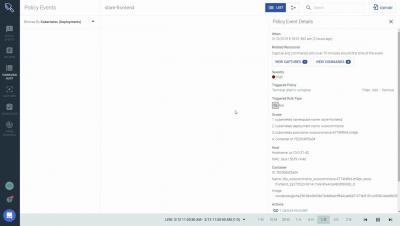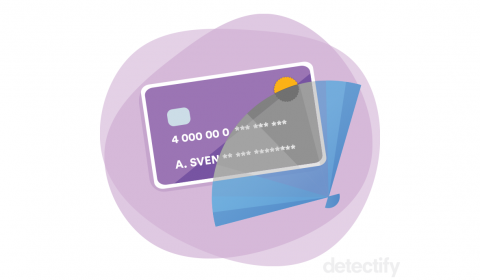What You Need to Know About California's New Data Protection Law
Senate Bill 1121, more commonly known as the California Consumer Privacy Act (CCPA) was passed on September 23, 2018, and becomes effective on January 1, 2020. Already being compared to the European Union’s General Data Protection Regulation (GDPR), the new law focuses on privacy rights and encompasses both consumer protection and data protection. Thus, organizations need to know how to secure and protect information to meet the CCPA’s regulatory requirements.










